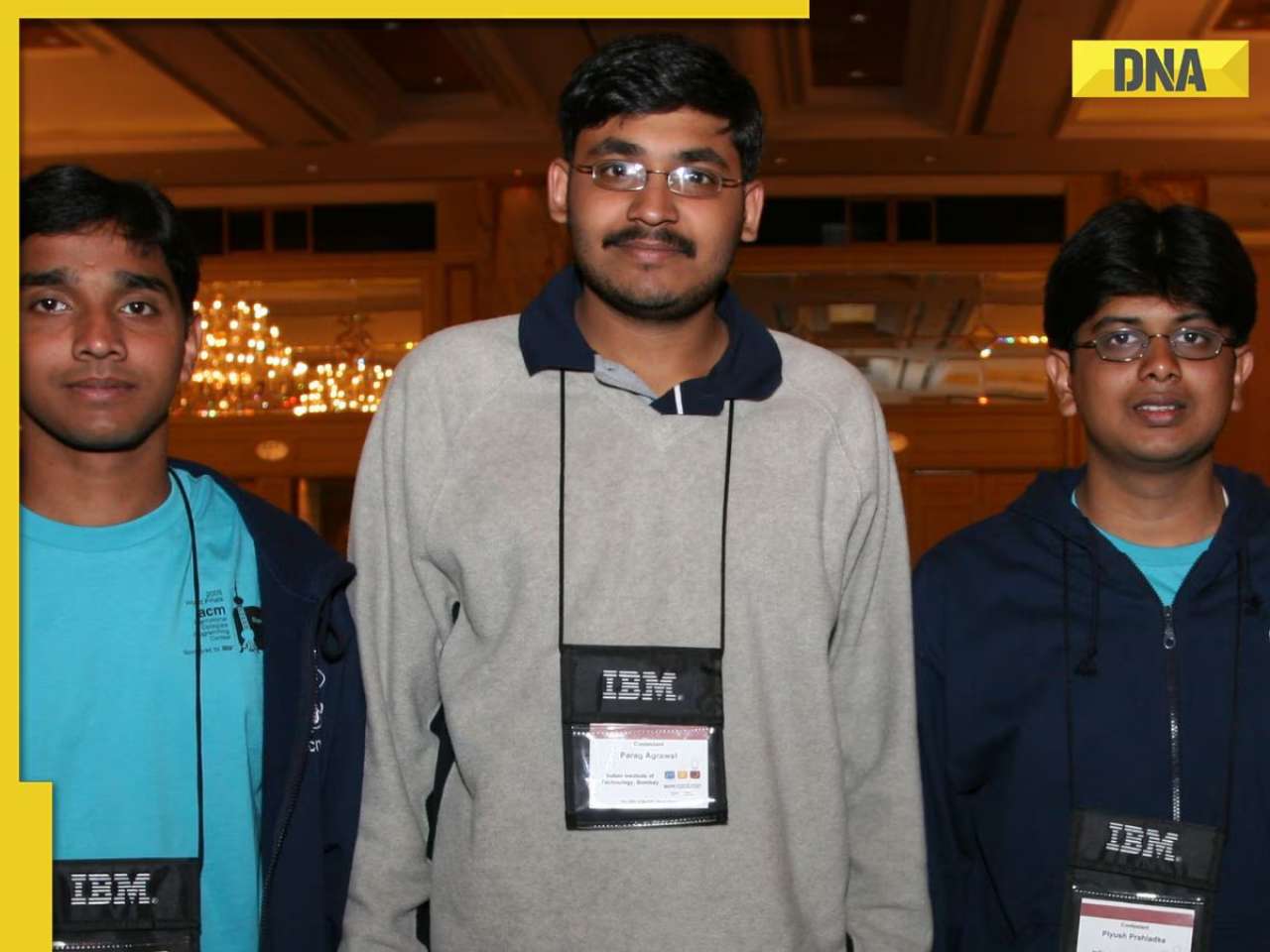
- Select a language for the TTS:
- UK English Female
- UK English Male
- US English Female
- US English Male
- Australian Female
- Australian Male
- Language selected: (auto detect) - EN
Play all audios:
Access through your institution Buy or subscribe The UK10K project was designed in two parts. The cohort part was intended to reveal the contribution of genetic variation to a range of 64
traits in 3,781 healthy individuals; this cohort was subjected to 7×, low-read-depth WGS. The other part of the project focused on exomes in some 6,000 individuals and, by high-read-depth
sequencing (80×), aimed to identify causal variants involved in rare disease, severe obesity and neurodevelopmental disorders. The main paper by the UK10K consortium provides an overview of
the project's strategy and findings, whereas other papers focus on associations between genetic variants and specific traits: Zheng _et al_. for bone mineral density and fracture;
Taylor _et al_. on thyroid function; and Timpson _et al_. for circulating lipid levels. Additionally, Geihs _et al_. describe web tools for accessing the association results and genome-wide
summary statistics, and the individual-level genotype and phenotype data are available under managed access conditions from UK10K Data Access. A project of this size and complexity is
certain to yield a plethora of useful insights, some of which are specific to individual traits, whereas others have broader implications. For example, the study revealed that the penetrance
of recognized variants for specific disorders — that is, the proportion of individuals harbouring a genetic variant that are affected by the associated phenotypic disorder — is likely to be
overestimated in many studies. The consortium authors suggest that, as a benchmark, future studies should also report estimates of population frequencies for a given reported variant. This
is a preview of subscription content, access via your institution ACCESS OPTIONS Access through your institution Subscribe to this journal Receive 12 print issues and online access $209.00
per year only $17.42 per issue Learn more Buy this article * Purchase on SpringerLink * Instant access to full article PDF Buy now Prices may be subject to local taxes which are calculated
during checkout ADDITIONAL ACCESS OPTIONS: * Log in * Learn about institutional subscriptions * Read our FAQs * Contact customer support REFERENCES * UK10K Consortium. The UK10K project
identifies rare variants in health and disease. _Nature_ http://www.dx.doi.org/10.1038/nature14962 (2015) * Zheng, H. F. et al. Whole-genome sequencing identifies _EN1_ as a determinant of
bone density and fracture. _Nature_ http://www.dx.doi.org/10.1038/nature14878 (2015) * Taylor, P. N. et al. Whole-genome sequence-based analysis of thyroid function. _Nat. Commun._ 6, 5681
(2015) Article CAS PubMed PubMed Central Google Scholar * Timpson, N. J. et al. A rare variant in _APOC3_ is associated with plasma triglyceride and VLDL levels in Europeans. _Nat.
Commun._ 5, 4871 (2014) Article CAS PubMed PubMed Central Google Scholar * Geihs, M. et al. An interactive genome browser of association results from the UK10K cohorts project.
_Bioinformatics_ http://dx.doi.org/10.1093/bioinformatics/btv491 (2015) * Huang, J. et al. Improved imputation of low-frequency and rare variants using the UK10K haplotype reference panel.
_Nat. Commun._ 6, 8111 (2015) Article CAS PubMed PubMed Central Google Scholar Download references AUTHOR INFORMATION AUTHORS AND AFFILIATIONS * Nature Partner Journals, Magdalena
Skipper Authors * Magdalena Skipper View author publications You can also search for this author inPubMed Google Scholar RIGHTS AND PERMISSIONS Reprints and permissions ABOUT THIS ARTICLE
CITE THIS ARTICLE Skipper, M. Strength in numbers in the low-frequency spectrum. _Nat Rev Genet_ 16, 623 (2015). https://doi.org/10.1038/nrg4024 Download citation * Published: 07 October
2015 * Issue Date: November 2015 * DOI: https://doi.org/10.1038/nrg4024 SHARE THIS ARTICLE Anyone you share the following link with will be able to read this content: Get shareable link
Sorry, a shareable link is not currently available for this article. Copy to clipboard Provided by the Springer Nature SharedIt content-sharing initiative







